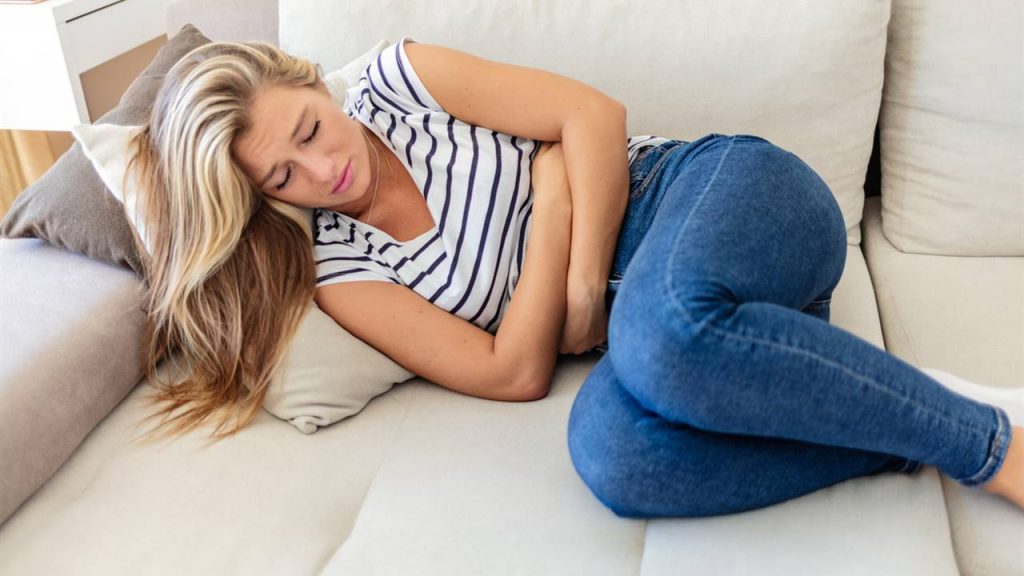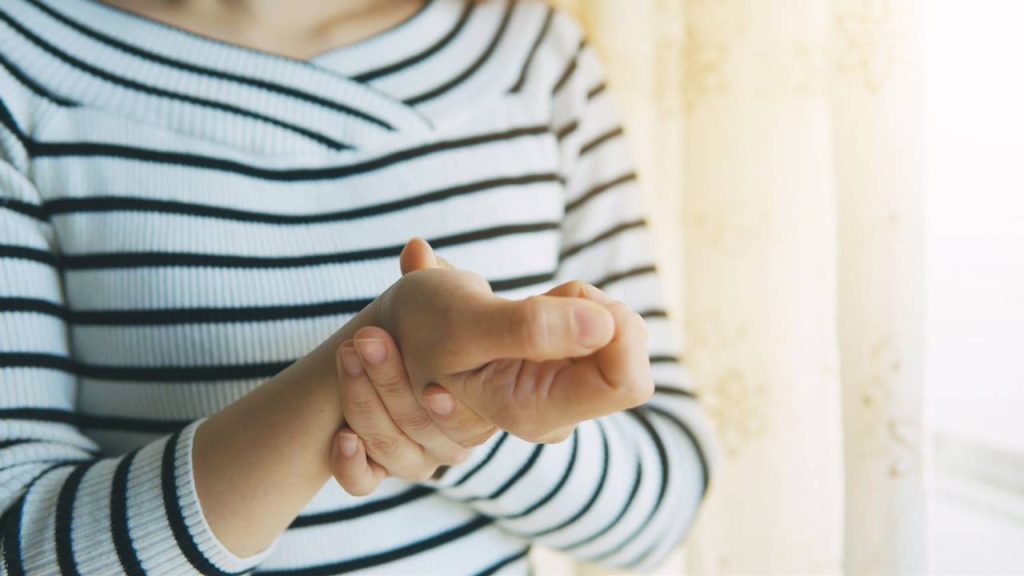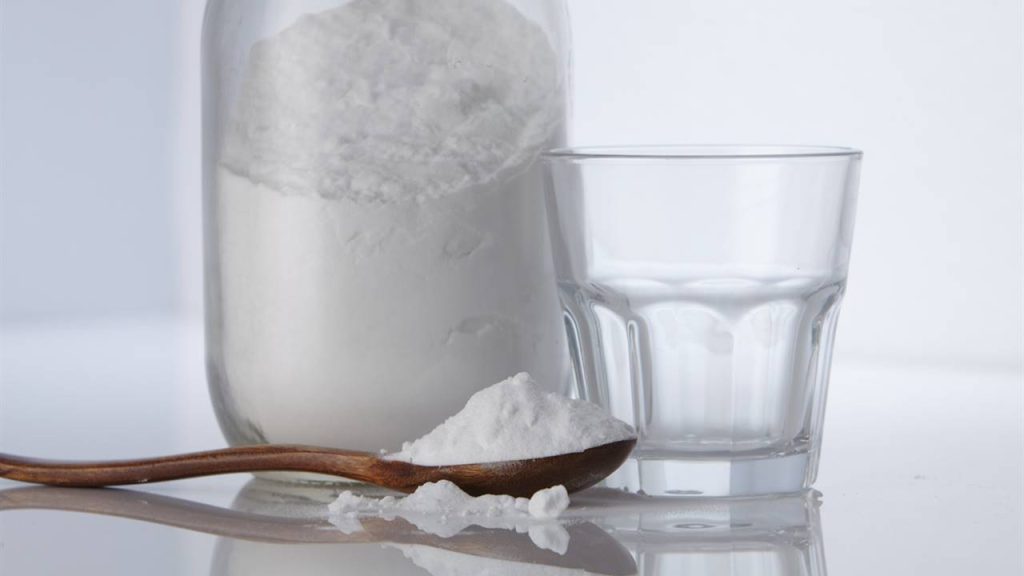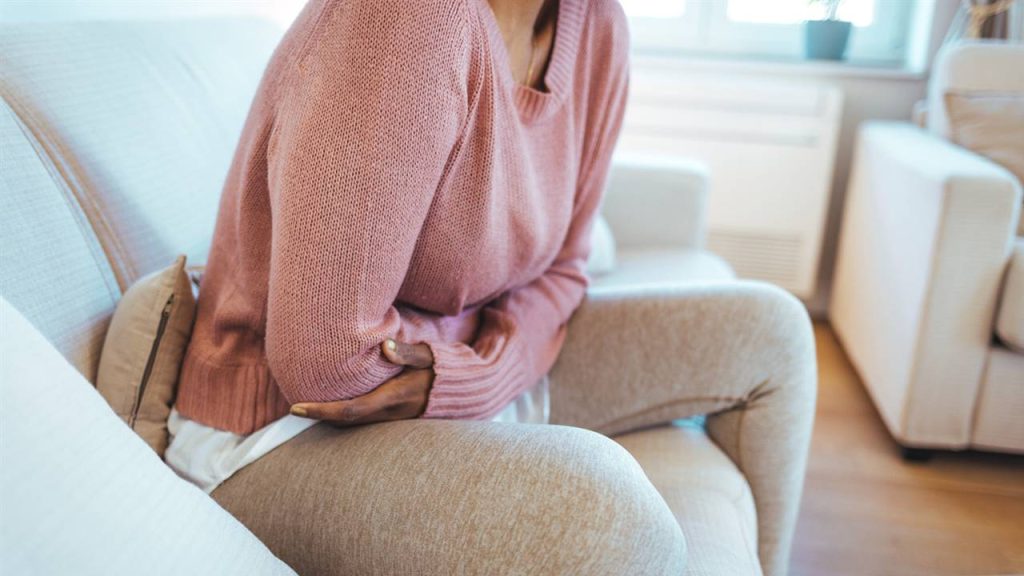Metabolic acidosis is a buildup of acid that occurs when the kidneys and lungs cannot maintain blood pH at proper levels.

- What is metabolic acidosis?
- What are the symptoms of metabolic acidosis?
- What causes metabolic acidosis?
- Diet-related metabolic acidosis
Uncontrolled diabetes, kidney disease or excessive loss of bicarbonate are some of the causes of metabolic acidosis, a disease caused by a buildup of acid in the body.
Having rapid breathing or being tired are some of the most common symptoms of metabolic acidosis, but in severe cases it can be life-threatening.
WHAT IS METABOLIC ACIDOSIS?
Metabolic acidosis occurs when acid builds up in our body fluids and lowers blood pH.
The pH of the blood is a measure of its acidity and alkalinity and must be kept within very narrow margins, between 7.35 and 7.45, for our body to function properly. When there is metabolic acidosis, the pH of the blood is below 7.35.
Our kidneys and lungs help maintain pH at proper levels, removing excess acid through urine and regulating the amount of carbon dioxide in the blood. However, when the body either produces too much acid or the kidneys cannot eliminate it, metabolic acidosis occurs. Although it can affect anyone, it is more common in those with kidney failure or chronic kidney disease.
WHAT ARE THE SYMPTOMS OF METABOLIC ACIDOSIS?
The symptoms of metabolic acidosis can vary from person to person and in some cases, there may be none. When there are symptoms, these are the most common:
- Shortness of breath.
- Tachycardia (fast heartbeat) or irregular heartbeat.
- Abdominal pain.
- Tiredness.
- Loss of appetite.
- Confusion, disorientation, or drowsiness.
- Dizziness and nausea or vomiting.
- Headache.
- Breath with a sweet or fruity smell.
In severe cases, metabolic acidosis can cause symptoms such as shock or coma and become fatal.
WHAT CAUSES METABOLIC ACIDOSIS?
The main causes of metabolic acidosis are:
- Untreated diabetes can lead to diabetic ketoacidosis. It occurs when blood sugar levels are too high due to lack of insulin, leading to excessive production of ketone bodies (a type of acid) in the liver, which can build up in the blood and cause a decrease in blood pH.
- Taking too many laxatives, having severe diarrhea or kidney failure (among other causes) can cause the body to lose too much bicarbonate, causing what is known as hyperchloremic acidosis.
- Having too much lactic acid (lactic acidosis), an organic acid that muscle cells and red blood cells produce as energy when there is not much oxygen in the body. High lactic acid levels can be due to a variety of factors such as liver failure, low blood sugar, alcohol use disorder, cancer, or strenuous exercise.
- Renal tubular acidosis occurs when the kidneys are unable to remove excess acid from the body through urine and can be caused by various inherited or acquired disorders affecting the renal tubules, the structures responsible for the reabsorption and elimination of substances in the urine.
DIET-RELATED METABOLIC ACIDOSIS
Diet-related metabolic acidosis is rare in healthy people with normal kidney function, as our body has systems to regulate the pH balance of the blood.
However, excessive consumption of acidic foods and deficient alkaline foods can contribute to metabolic acidosis, especially in people with chronic diseases such as kidney disease, uncontrolled diabetes or chronic lung disease.
- Foods considered acidic are meats, dairy products, eggs, refined grains, alcohol, sugar, and processed foods.
- Alkaline foods include fruits, vegetables, legumes, and some types of nuts and seeds.





